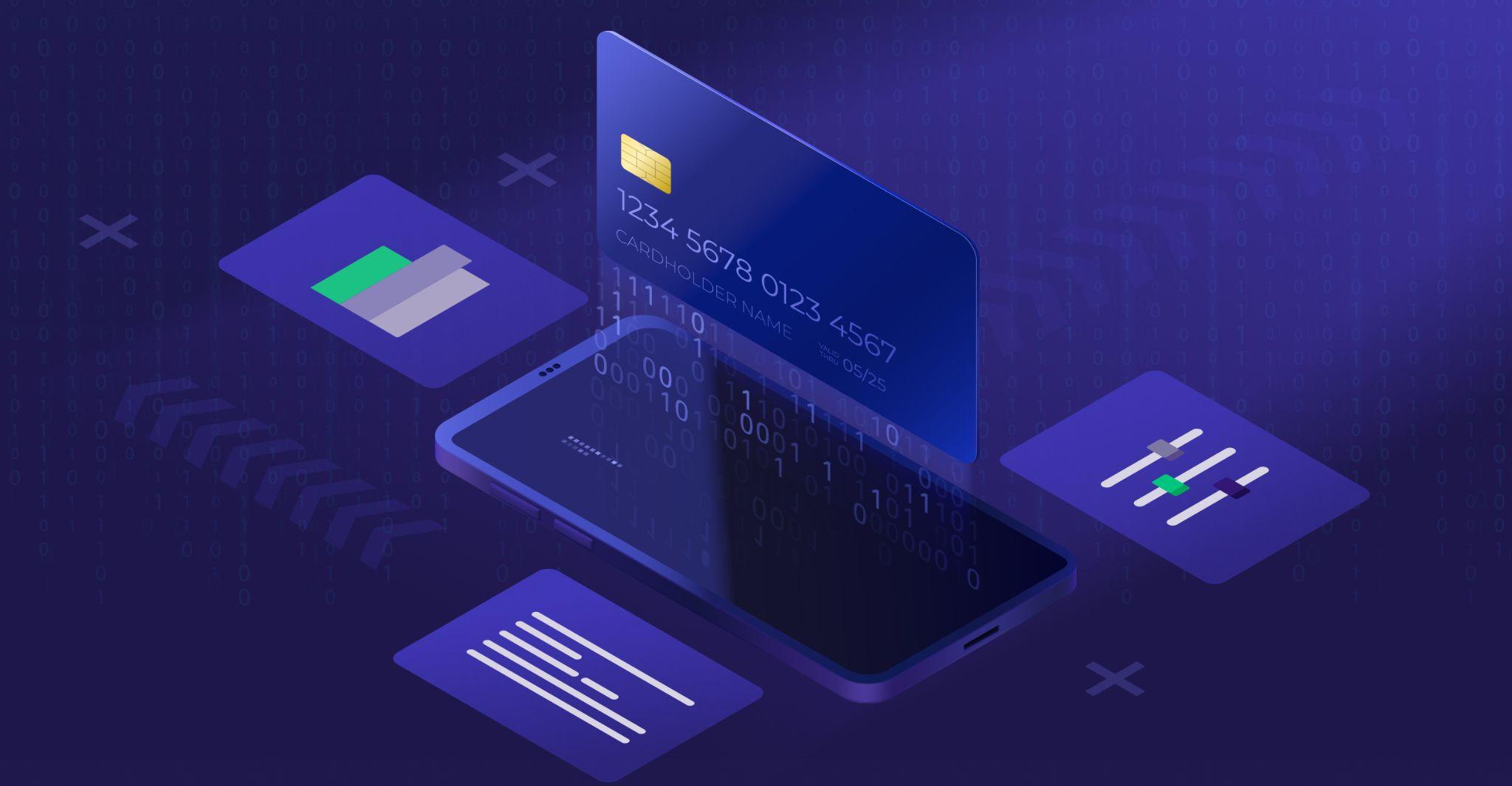Marqeta is making it easier than ever to level up your payment card program. To provide greater insights into the payment patterns of your cardholders, Marqeta will soon be supporting the sharing of Level 2 and Level 3 market data for our card programs either by webhook or API. If issuers can leverage the data generated, it provides issuers an opportunity to derive previously untapped value from transactions and increase their card program data set.
Data from credit card transactions are an invaluable asset that can allow issuers to develop deep understanding of cardholder purchase patterns, needs and behaviors. Learning about the various card processing levels can unlock a treasure trove of insights to help improve card program management. Level 1 data is often insufficient for active traders who require more detailed information, such as that provided by Level 2 quotes, to effectively analyze trades and make informed decisions.
What is Level 1, 2 and 3 data?
So what really is Level 1, 2, and 3 data and why should you care?
Level 1, 2, and 3 data are used in payment processing to provide additional information about a transaction. The main difference between them is the amount of data they provide.
- Level 1 data includes basic information about a transaction, such as the amount, card number, and expiration date.
- Level 2 data includes additional information, such as the tax amount, merchant’s postal code, and customer code.
- Level 3 data includes even more information, such as line-item details of the transaction, including product descriptions, quantities, and prices.
These levels of data are often required for transactions with government entities or large corporations, as they help with tracking and auditing. They also provide more detailed information for merchants to analyze their transactions and improve their business operations.
One of the most common real world examples is with expense management. You have an employee named Amy. She travels on a business trip and uses her corporate credit card to pay for her hotel and rental car and her meals. With the data that is sent back to your organization it will be easier for your accounting department to reconcile her expense reports.
Merchants start at Level 1 and are incentivized with lower interchange rates to get to higher processing levels. In exchange, those higher levels require merchants to share specific types of data that go beyond the basics. Levels 2 and 3 apply to commercial (business) card transactions, and the higher the level, the greater the amount of information the merchant is required to share. The system is designed as a win-win for merchants and issuers.
What’s more, merchants who manage a higher volume of transactions are more secure. High transaction volumes require merchants to achieve PCI compliance, which lowers a card program’s risk of chargebacks. For instance, once a merchant reaches the 1 million annual transactions needed to climb to Level 2, they also are required to achieve the higher standards of Level 2 PCI compliance.
Level 2 and level 3 data can be used by card programs for a variety of activities such as expense management and fleet card programs. This data helps Marqeta’s customers get the details of the exact items purchased and detailed tax amounts.
Level 1 data
Level 1 represents your standard business-to consumer card processing data present in all credit card transactions clearing messages. The vast majority of merchants are stuck at Level 1 because card networks typically require at least 1 million transactions annually to move to Level 2, and only a small percentage of merchants ever reach that milestone.
Examples:
- Card number
- Transaction Amount
- Currency Code
- Merchant Name, and Category Code (MCC)
- Date
Level 2 data
Once a merchant hits 1 million annual transactions, they usually qualify for the lower interchange rates of Level 2 for corporate, commercial, government and B2B transactions – as long as they come through with the required data. This is voluntary, but the financial incentive for the merchant is notable. While the data provided will vary depending on the specific vertical, Level 2 requires all of the Level I data plus details such as sales tax, sales tax indicator, customer code or purchase order number, and merchant zip code.
Vertical industry examples:
- Fleet – Fuel type and amount
- Airlines – Ticket number and passenger details
Level 3 data
Level 3 is typically for larger business-to-business transactions for merchants that qualify for Level 2, and merchants provide the most granular data. Level 3 data will have the same data as level 1 and 2 plus additional data such as commodity and product codes, quantities, item descriptions, shipping and freight information, and units of measure.
As always, we are happy to chat.

